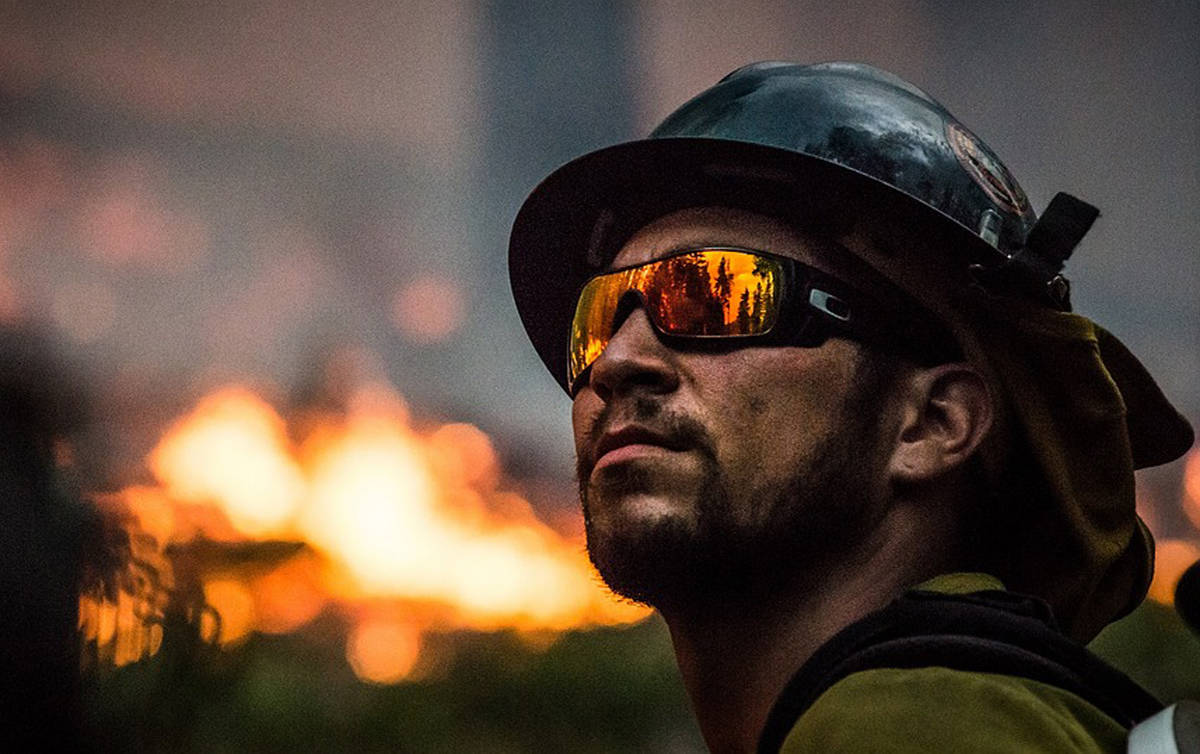 The Department of the Interior announced recently that it is expanding and enhancing its wildfire location data-sharing program for 2017. The new service being offered is called “Current Wildland Fires” and is accessible through the Geoplatform ArcGIS Online Organization.
The Department of the Interior announced recently that it is expanding and enhancing its wildfire location data-sharing program for 2017. The new service being offered is called “Current Wildland Fires” and is accessible through the Geoplatform ArcGIS Online Organization.
“By providing greater public access to a wider array of wildland fire location data, drone operators will Know Where Not To Go in near real-time,” said Mark Bathrick, director of Interior’s Office of Aviation Services. “As the 2017 wildland fire season gets underway, this improved service should greatly reduce the incidents of drone incursions on wildfires and enhance the safety of our firefighters and the communities they work so hard to protect.”
The 2017 program provides location data on any wildland fire reported in the last eight days compared to last year when the service only offered information on wildfires reported within the previous 72 hours. The 2016 program included wildland fires reported by the Department of the Interior, the U.S. Forest Service, and Alaska and Texas. This year’s program includes the addition of Wyoming, North Dakota, and Los Angeles County, California. The program plans to increase coverage to include more federal, state, and local reported wildland fires.
On average, more than 73,000 wildfires are reported across the United States each year. About 98 percent of these fires are contained within the first 24 hours, before incident managers request the Federal Aviation Administration to issue a temporary flight restriction. That meant that most of these fires were never plotted on dynamic aeronautical maps or available to drone operators before Interior launched its 2016 initiative to make fire location data available to commercial mapping services that support drone operations.
The wildfire location data-sharing initiative addresses a growing problem of private drone incursions over wildland fires. From 2014 to 2015, the number of intrusions over or near wildfires increased from two to more than 12. In 2016, there were 42 reported drone incursions on wildfires. Fire suppression aviators were forced to take evasive actions to avoid disastrous collisions with drones on several occasions. Twelve incidents of drone intrusions forced fire suppression managers to either delay or cease aerial support to firefighters, placing their lives and the communities they strive to protect in greater danger.
In response, federal agencies instituted a number of initiatives to address this critical public and firefighter safety issue. In 2015, the Department of the Interior, working with partners at the Federal Aviation Administration and the U.S. Forest Service, adopted a three prong-approach to enhance public awareness, establish notification protocols, and enforce penalties when violations occur.
The agencies implemented the “If You Fly, We Can’t” and “B4UFly” public awareness campaigns. Wildland firefighting organizations adopted protocols for notification to suppression commanders and law enforcement, allowing officials to make quick decisions to keep firefighters and communities safe. The Federal Aviation Administration established registration criteria for hobby drone operators and penalties for violators.
In 2016, the Department of the Interior stepped up the awareness campaign in partnership with drone industry volunteers through the department’s Office of Aviation Services and Office of Wildland Fire. The pilot project made initial wildfire location data available to project volunteer partners AirMap, Skyward, and DJI where drone operators were able to access near real-time wildfire location data through their portals and would know where not to go.
To use the new expanded service, drone operators can create an account on the GeoPlatform ArcGIS Online Organization at idp.geoplatform.gov/registeruser.html. After the account is created, they can go to geoplatform.maps.arcgis.com/home/index.html and sign in using the geoplatform.gov account, then search for the group “Current Wildland Fires” and request to “Join this group” to gain access to wildland fire location data.
More information is available at doi.gov/aviation.



